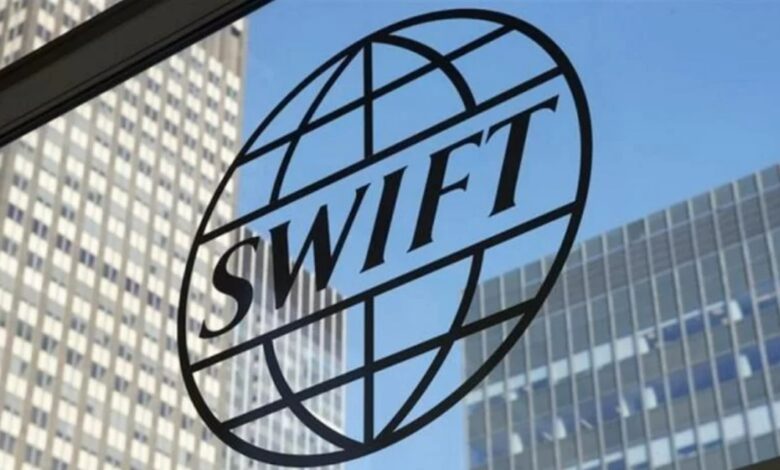Swift to Launch Blockchain Ledger in Response to Stablecoin Growth, Covering 200+ Nations

Swift, the backbone of international payments, is taking a decisive step into blockchain.
The Belgium-based cooperative announced plans to integrate a shared digital ledger into its infrastructure, a move aimed at making instant, around-the-clock cross-border transactions a reality for more than 11,500 financial institutions worldwide, as reported by the Financial Times.
The development comes as the $300 billion stablecoin market, dominated by issuers such as Tether and Circle, continues to attract users with low-cost, direct transfers that bypass traditional intermediaries.
Nonetheless, Circle, in particular, is charting a different course with Arc, its institution-focused blockchain that introduces features like transaction reversibility, raising the question of whether it’s distancing itself from crypto in its bid to rival Swift.
Swift will work with Consensys, the blockchain company founded by Ethereum co-creator Joseph Lubin, to build a prototype ledger. The system will record and validate transactions, sequence them in real time, and enforce rules through smart contracts, probably anchoring the project on Ethereum’s infrastructure, since Consensys builds atop the Ethereum network.
Importantly, it is being designed for interoperability, able to connect with existing banking infrastructure as well as emerging digital-asset networks.
“This is about creating the infrastructure stack of the future,” said Swift chief executive Javier Pérez-Tasso at the Sibos conference in Frankfurt, where the initiative was announced. “We are moving with our community to deliver the next generation of payments, secure, compliant, and always on.”
The project already has backing from more than 30 major banks spanning 16 countries, including Citi, Bank of America, Deutsche Bank, BNP Paribas, HSBC, Emirates NBD, First Abu Dhabi Bank, and JPMorgan Chase. These institutions will help design and test the system in phases, beginning with a focus on 24/7 cross-border payments.
The ledger initiative adds to a broader wave of innovation in the payments sector. In recent months, nine European banks, including UniCredit, ING, and Danske Bank, revealed plans for a euro-denominated stablecoin by 2026, while U.S. lawmakers passed regulations in July to govern dollar-pegged tokens.
Against this backdrop, global banks are experimenting with their own digital instruments, from JPMorgan’s Onyx platform to Citi’s tokenization pilots.
For Swift, the challenge is twofold: to modernize its legacy rails, transactions on which can still take days and involve multiple intermediaries, while preparing for a future where money and assets are tokenized.
Alongside the blockchain prototype, Swift is also rolling out upgrades to its current network to provide “full predictability on price and speed,” aiming to eliminate hidden fees and ensure instant settlement for retail transactions.
If successful, Swift’s blockchain ledger could represent one of the most significant upgrades in the history of cross-border payments, blending the trust and scale of a decades-old cooperative with the speed and programmability of distributed ledger technology.





